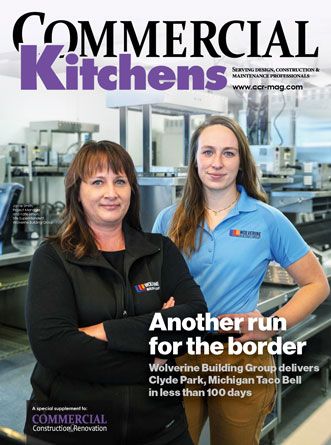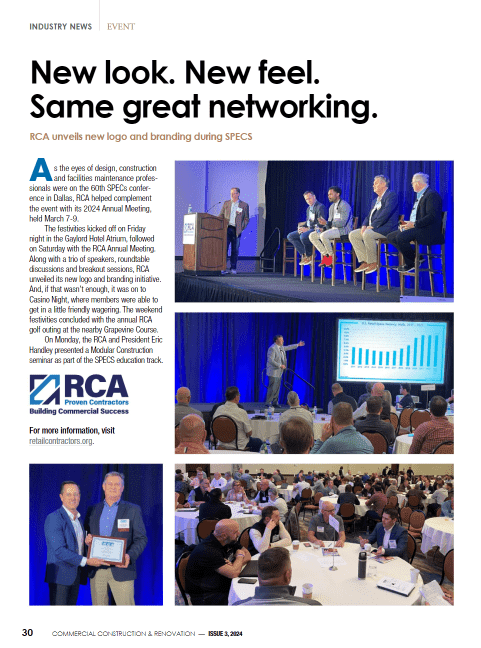While it may not happen today or even next year, wearable technology for construction is sure to become an integral part of your business. And it’s a good thing:
- According to the Bureau of Labor Statistics, 37 percent of people aged 65 to 69 years will be actively employed, versus only 22 percent in 1996.
- Annual workplace injury costs have reached almost $60 billion in the United States, according to the Connecticut Business & Industry Association.
- According to the Liberty Mutual workplace safety index, United States businesses spend nearly $1 billion per week compensating for workplace injuries.
Not only can wearable technology for construction defend your company from losses attributable to an aging workforce and workplace injury, but it will also go further by proactively delivering meaningful benefits.
- Wearable technology can help increase worker safety by monitoring the wearer’s physical status and environmental conditions and issuing alerts when conditions become dangerous. For example, benefits of wearable technology in construction include heightening workers’ perceptual capabilities by helping them to see and hear more.
- Connected construction wearables, such as smart watches, can increase workers’ productivity and work quality by generating task and situational awareness. For example, the fact smart wrist wear can issue heat stress alerts on an overheated job site while wearable smart helmets can detect signs of fatigue in a lift or truck driver are two benefits of wearable technology in construction.
- Exoskeletons can help job site workers lift heavy materials they would not otherwise be able to lift, effectively endowing them with superpowers. What’s more, these “superpowers” can cut down on job site injuries while also reducing worker fatigue. It is useful to note overexertion is the leading cause of disabling workplace injuries, accounting for nearly $14 billion in annual compensation costs for United States businesses, again according to the Liberty Mutual workplace safety index.
- While Google may have exited its Google Glass initiative, other developers have continued to build out the smart glasses platform. This technology is already able to overlay contextually relevant information in a worker’s field of vision. As a result, workers don’t have to toggle between the job task and assembly instructions. Safety warnings and instructions can also be relayed directly into the worker’s field of vision.
- Wearable technology for construction offers advantages away from the worksite. Augmented reality’s and Virtual reality’s robust visualization capabilities can increase workers’ design and data analysis abilities. It is as if designers and coders gain an additional sense, or at least sharpened senses.
- Construction companies can connect remote job sites with in-office specialists through wearable technology, as remote job site workers share what they are seeing with in-office technicians and specialists through smart glasses. Not only can these glasses maximize the contribution made by in-office experts, but it cuts down on expensive travel to remote job sites. What’s more, costly and dangerous mistakes can be caught before they occur.
- While connected hearables are not new, they are today doing much more than delivering plays from sideline coaches to the quarterback. Voice controlled wearables can enable a construction company to trade up less skilled workers by transmitting of-the-moment, hands-free access to instructions.
Of course, like most good things, wearable technology does not come without risks.
One of these risks is attached to privacy. Construction company senior management will need to depend on both in-house and external risk analysts to fully understand the privacy implications of wearable technology. Management will then have to either eliminate the risk, or transfer it to subcontractors or insurance products.
What are some privacy issues? For starters, employees are concerned about surveillance by management through construction wearables. Of course, they have a point. In addition to managing the risk, management must launch a communications initiative listing the many benefits attributable to construction wearables to counter their concerns. This initiative must also address privacy concerns.
Another privacy issue concerns the capture of health data by wearables. This data could subsequently be stolen by hackers, block an employee’s path to job advancement or even lead to termination. Once again, a communications initiative could help to address this concern. (Fastidious IT hygiene is also a must.)
We have lately read worries about hackers penetrating automobile data systems, causing havoc ranging from changing a radio station all the way to hijacking a driverless car. This concern also presents itself regarding wearable technology. Care, of course, will have to be taken.
Contact your trusted insurance broker for guidance. Your trusted insurance broker can guide you regarding how wearable technology for construction can reduce your business risks, lower the number and severity of workplace injuries, cut down on claims and potentially lower your insurance premium. He or she can also guide you on privacy risks and risks from hackers.
Keith Boyer is Managing Partner at KMRD Partners, Inc., a risk and human capital management consulting and insurance brokerage firm located in the Philadelphia region serving clients worldwide. KMRD works to protect clients’ assets by reducing their cost of risk. Keith can be contacted at kboyer@kmrdpartners.com.






 The 2024 virtual Men’s Round Table will be held Q4, 2024, date TBD.
The 2024 virtual Men’s Round Table will be held Q4, 2024, date TBD.











